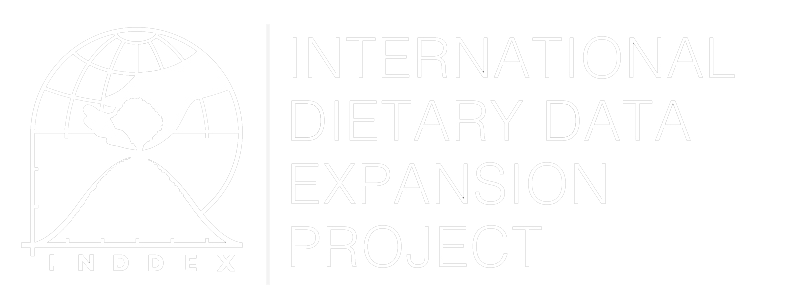Summary
Food Composition Databases (FCDB)—sometimes also referred to as Food Composition Tables (FCT) if in printed or PDF format—are collections of data on the nutritional content of foods. They are derived from quantitative analyses of representative samples of foods (Gibson, 2005). FCDBs have multiple uses, including for nutrient analysis of foods from dietary consumption surveys, nutrition labeling, and to inform nutrition-sensitive agricultural policies (Charrondiere et al., 2011). The Food and Agriculture Organization (FAO) is the global coordinator of the International Network of Food Data Systems (INFOODS), through which it compiles a directory of national, regional, and international FCDBs that can be useful to those interested in analyzing food and nutrient availability and consumption, food fortification or supplementation programs (Greenfield & Southgate, 2003). In addition, FAO/INFOODS produces guidelines for developing FCDBs, food matching, and converting food data (FAO/INFOODS, 2018).
FCDBs are sometimes available online, but not always. FAO/INFOODS provides contact information and links to country and regional FCDBs. In addition, the ILSI Research Foundation has created the World Nutrient Databases for Dietary Studies (WNDDS), which catalogues 90 electronically available FCDBs and provides detailed information about each one. Electronic access to these data means that the information can be quickly updated, they contain a greater volume of material, and they are readily available for users with internet access (Greenfield & Southgate, 2003). Additionally, online FCDBs make it easier for the information to be reformulated according to the needs of various users.
While some low- and middle-income countries have national FCDBs, they often contain data that is several decades old and/or rely on information that is from another country’s FCDB. This is due to the expense and time-intensive nature of analyzing or gathering nutrient composition data (Greenfield & Southgate, 2003). Frequently, borrowed food composition data comes from the USDA and EU FCDBs, or from other countries in the region and regional FCDBs (Coates et al., 2017). However, nutrient contents of foods can vary due to environmental factors, production, and processing and thus can differ from one country to the next and even within countries (Greenfield & Southgate, 2003). Rapid food processing advancements and globalized food systems can challenge the task of keeping FCDBs both up-to-date and specific to the locale (Thompson & Subar, 2013). These various issues may result in decreased precision when it comes to identifying the nutrient content in a given food.
Given the complexity of FCDBs, adequate training on food composition data use is recommended, to comprehend and use the data. One recommended resource is the FAO e-learning course on food composition data (Food Composition Data E-learning Course, 2013).
Strengths:
- Food composition data have a wide variety of uses, including matching foods with nutrients from dietary assessment data in order to conduct analyses, nutrition labeling, policy making, and nutrition-sensitive agriculture
- Well-developed national FCDBs can offer a picture of the types of food available and consumed
- When FCDBs are paired with dietary consumption data, researchers are able to answer questions about nutrient adequacy in a population
Weaknesses:
- Differences in the development of FCDBs (e.g. nutrient calculations and sampling) can reduce comparability of nutrient data for specific foods across databases
- Adequate training on food composition data use is recommended to comprehend and use the data in FCDBs
- Food composition data that are outdated or from other countries are sometimes relied upon to update the national FCDBs of low- and middle-income countries
